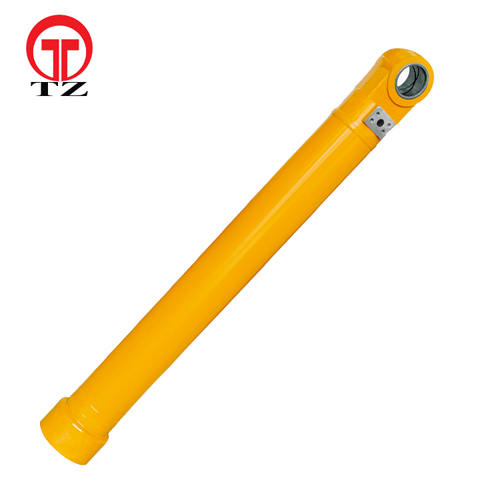If you work in the construction or mining industry, you are likely familiar with bucket cylinder assemblies. These hydraulic components are essential for heavy machinery that relies on hydraulic systems to operate, such as excavators, backhoes, and front-end loaders.
The bucket cylinder assembly is an essential part of an excavator’s attachment system, providing the hydraulic power needed to open and close the bucket. Let’s explore the main components and working of hydraulic bucket cylinders.
When it comes to selecting a bucket cylinder assembly, it’s essential to choose one that is specifically designed for your machine and intended use. An incorrect or poorly fitting assembly can lead to reduced performance, leaks, and even catastrophic failures. Zusätzlich, a quality cylinder assembly should choose through leading BUCKET cylinder assembly manufacturer.

Components of a Bucket Cylinder Assembly
- Cylinder tube – The outer cylinder body that houses the internal components and contains the hydraulic fluid under pressure.
- Kolben – A circular disc inside the cylinder tube that divides it into two chambers. Separates the high pressure and low pressure parts of the system.
- Kolbenstange – A solid rod that extends out of one end of the cylinder and is attached to the piston. It transmits the pushing or pulling force.
- Robben – Rubber rings that prevent leakage of fluid past the piston and rod.
- Mounting brackets – Metal brackets used to attach the cylinder to the bucket and carriage.
Working of the Bucket Cylinder
When pressurized hydraulic fluid enters one side of the cylinder tube, it applies force on the piston causing the piston rod to extend. This pushes the joint on the rod against a bracket on the bucket’s closing mechanism, forcing the bucket to open.
When fluid enters the other side of the cylinder, the piston rod retracts. This pulls the joint attached to it, which in turn pulls the chain or linkage connected to the bucket’s closing mechanism, causing the bucket to close.
